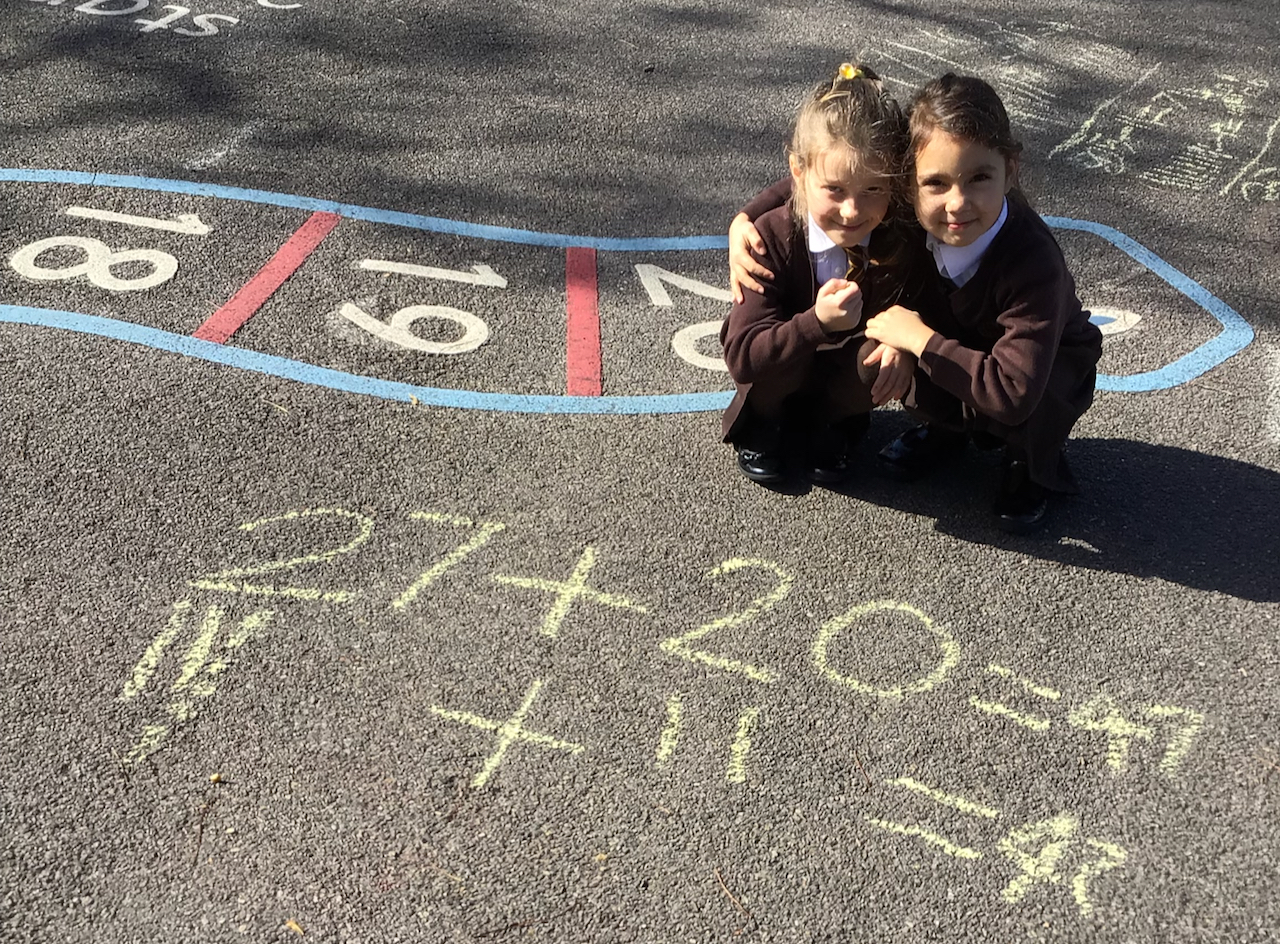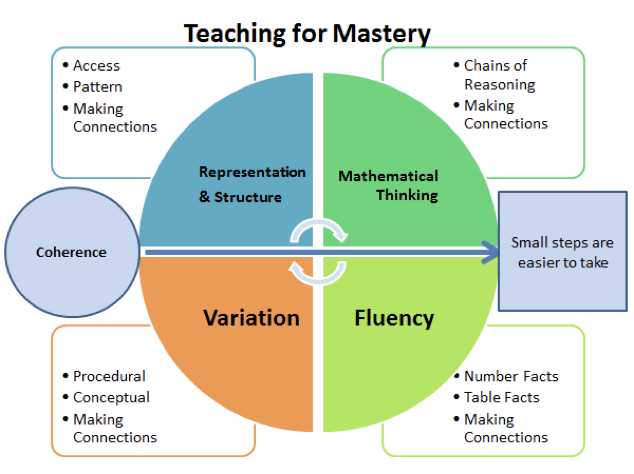Maths

Curriculum Intent
Mathematics is a creative and highly interconnected discipline that has been developed over centuries, providing the solution to some of history’s most intriguing problems. It is essential to everyday life, critical to science, technology and engineering, and necessary for financial literacy and most forms of employment. A high-quality mathematics education therefore provides a foundation for understanding the world, the ability to reason mathematically, an appreciation of the beauty and power of mathematics, and a sense of enjoyment and curiosity about the subject. (The National Curriculum 2014)
In line with the National Curriculum Objectives for Mathematics, our intent is that all pupils:
- become fluent in the fundamentals of Mathematics, including through varied and frequent practice with increasingly complex problems over time, so that pupils develop conceptual understanding and the ability to recall and apply knowledge rapidly and accurately
- reason mathematically by following a line of enquiry, conjecturing relationships and generalisations, and developing an argument, justification or proof using mathematical language
- can solve problems by applying their mathematics to a variety of routine and non-routine problems with increasing sophistication, including breaking down problems into a series of simpler steps and persevering in seeking solutions
Mathematics makes a significant contribution to modern society and at St Mary’s, we consider it to be vital for the life opportunities of our children. We strive to enable fascination and excitement to discover mathematical concepts and to broaden pupils’ knowledge and understanding of how mathematics is used in the wider world.
We ensure children have transferable mathematical skills, the ability to reason and solve problems, and a well-developed vocabulary. We believe that the language of Mathematics is international, the subject transcends cultural boundaries and its importance is universally recognised. We therefore use this in our approach to ensure that compassion and empathy is being taught. We provide pupils with the opportunity to explore Mathematics using a range of concrete, abstract and pictorial resources.
The basis of our Mathematics lessons is solving problems using numerical fluency. We hope children experience a sense of awe and wonder as they solve a problem for the first time, discover a more efficient method of calculation and make links between different areas of Mathematics. They practise different elements of problems solving through whole class investigations, working together, showing collaboration. We ensure that children leave primary School with a logical and creative number fluency ability and with an ability to recall key number facts such as multiplication tables. We know that this is the strongest foundation we can give our children as their use of Mathematics becomes more sophisticated.
We strive to ensure children are curious, ask questions and ultimately enjoy their maths lessons. Skills for learning are a high priority. For example being able to explain ideas and respond to feedback from teachers and peers are crucial to our curriculum. Being confident, resilient, able to persevere and show determination is at the core of what we want to achieve. After all, mathematics helps us to understand and change the world.
Central to our approach are the 5 Big Ideas which underpin mastery in Mathematics.

We expect and encourage all children to use mathematical language to describe, discuss, examine, explain, justify and synthesise.
